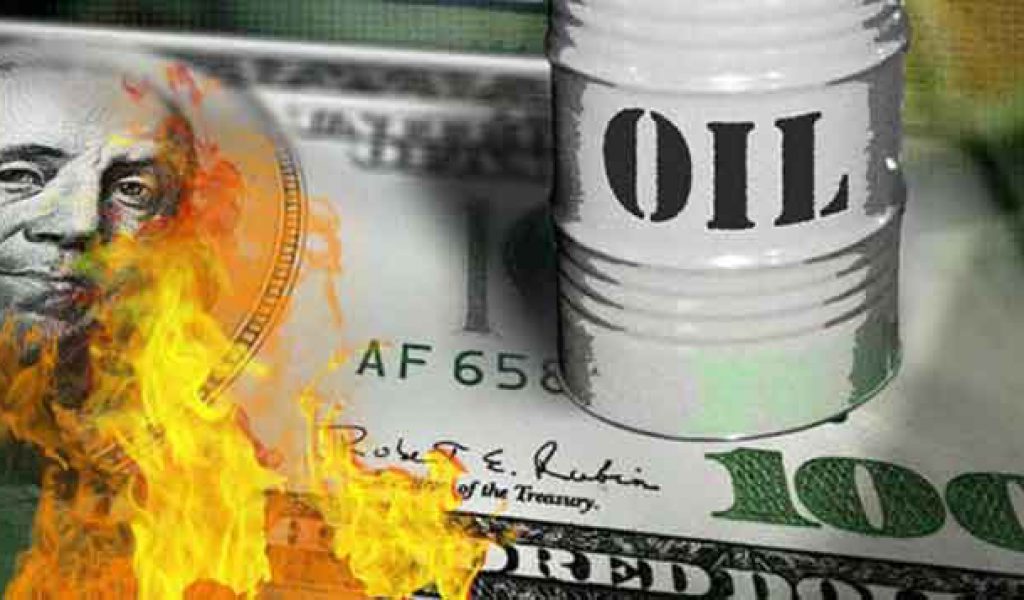Historical agreement OPEC/non-OPEC to cut oil production
Eleven more oil producing nations have agreed to cut their production to try to boost global crude oil prices. The deal follows an announcement by OPEC 11 days ago that its members would collectively cut production by just over 1 million barrels a day.
Large oil exporters, including Russia and Mexico, said they would mimic the Opec protocol agreed at the end of November and adjust their own production to 300,000 and 100,000 barrels a day respectively from the start of 2017. Oil prices have languished at less than or around $50 a barrel since the US became largely self-sufficient on shale from 2014 onwards; but with Opec’s announcement that production would be cut on 30 November, prices recently surged more than 15 per cent, rising last week briefly above $55.









